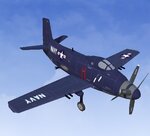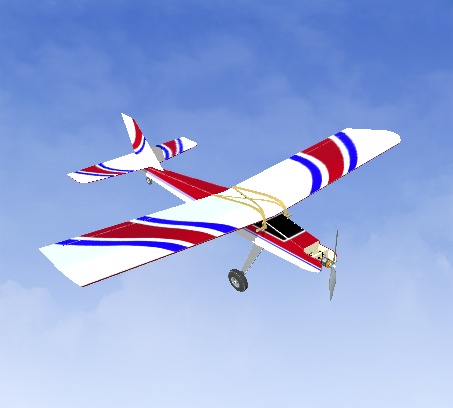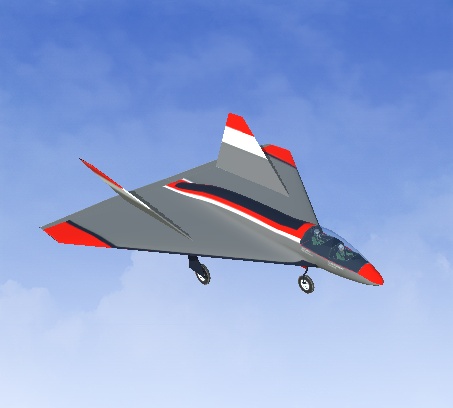Douglas AD2 Skyshark.
In the 1950s, some in naval aviation believed that pure jet aircraft weren’t ready to operate from ships at sea. Some naval aviators and aero engineers wanted the U.S. Navy’s carrier air wings to be equipped with aircraft powered by turboprop engines.
The Douglas AD2 Skyshark was planned as a turboprop heavy attack aircraft for U.S. Navy carrier decks.
A March 23, 1953 press release by Douglas Aircraft told the world that the innovative new, turboprop-powered A2D Skyshark carrier-based attack plane possessed “the latest design innovations” and would “outstrip all its predecessors in performance.”
It didn’t.
Hal Andrews, who was an aeronautical engineer at the time in the U.S. Navy’s Bureau of Aeronautics (BuAer), described the Skyshark this way: “It was a dog”.
In the end, just 12 Skysharks were built and only eight ever flew, including the two that crashed.
>>>
Various refinements for RF 7.5 to get performance characteristics better than what Hal Andrews thought of the real airplane.
Flight controls include throttle, rudder, elevators, ailerons, retractable landing gear, and brakes.
Fly with the channel 5 rate switch in the “High” position.
Landing flaps are on the Interlink controller channel 6 rotary knob.
Retracts are on channel 7.
Mild brakes are on channel 8. Fly with the switch positioned closest to you. The middle position engages the brakes.
This alternate view model flies fairly decently. Nice landings when using the flaps.
In the 1950s, some in naval aviation believed that pure jet aircraft weren’t ready to operate from ships at sea. Some naval aviators and aero engineers wanted the U.S. Navy’s carrier air wings to be equipped with aircraft powered by turboprop engines.
The Douglas AD2 Skyshark was planned as a turboprop heavy attack aircraft for U.S. Navy carrier decks.
A March 23, 1953 press release by Douglas Aircraft told the world that the innovative new, turboprop-powered A2D Skyshark carrier-based attack plane possessed “the latest design innovations” and would “outstrip all its predecessors in performance.”
It didn’t.
Hal Andrews, who was an aeronautical engineer at the time in the U.S. Navy’s Bureau of Aeronautics (BuAer), described the Skyshark this way: “It was a dog”.
In the end, just 12 Skysharks were built and only eight ever flew, including the two that crashed.
>>>
Various refinements for RF 7.5 to get performance characteristics better than what Hal Andrews thought of the real airplane.
Flight controls include throttle, rudder, elevators, ailerons, retractable landing gear, and brakes.
Fly with the channel 5 rate switch in the “High” position.
Landing flaps are on the Interlink controller channel 6 rotary knob.
Retracts are on channel 7.
Mild brakes are on channel 8. Fly with the switch positioned closest to you. The middle position engages the brakes.
This alternate view model flies fairly decently. Nice landings when using the flaps.







